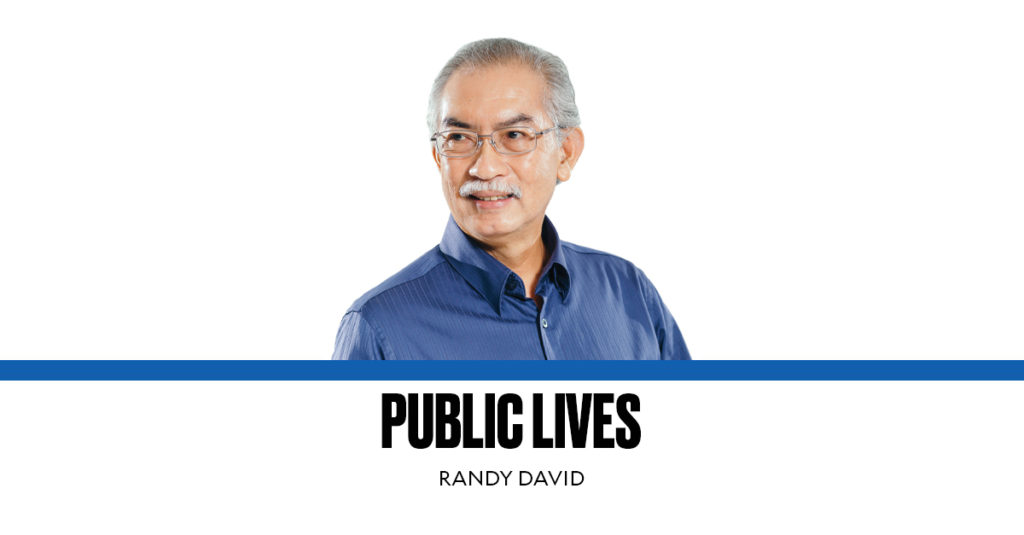Experts of the current pandemic are basically looking at two things at the moment. The first is the emergence of alarming new variants of the coronavirus that are capable of sidestepping the immunity provided by vaccines and natural infection. The second is the speed at which vaccines must be distributed to the largest number of people in order to achieve a level of herd immunity that can significantly break the chain of new transmissions and the rise of new variants.
The first adds to the many other scientific questions about the nature of the coronavirus and the disease it causes that have remained unanswered. The second focuses attention on the political, economic, and sociological factors that affect the production and distribution of the vaccines that have been developed with unprecedented haste to contain the pandemic.
In the face of these conundrums, governments and business organizations all over the world are keenly watching how things are unfolding. Difficult policy decisions are being made that decide the fate of entire nations and economic entities at different levels. The complexity they must deal with is mind-boggling. The pandemic has posed many unanticipated global challenges and problems. But, as if these were not enough, the flood of systemic reactions it has unleashed further complicates an already intractable situation.
How to reduce this complexity has always been the first prerequisite to the formulation of a strategy in any given domain. As a sociologist, I am particularly fascinated by the way this is achieved by those who manage global investment funds. In a time of global economic constriction and heightened risk, how do they decide where to put the money investors put in their care? How do they determine which economies have the best chances of bouncing back?
The other day, I came across one such analysis. Written by the head of markets strategy at one of the world’s biggest investment banks, the advisory takes a look at the one thing that appears to spell the biggest difference in the global flow of investment funds since the beginning of 2021—i.e., vaccination rollout efficiency. While I take with a grain of salt the correlation it makes between vaccine rollout and investment flows, I am drawn by the argument it makes about vaccination efficiency as a gauge of economic promise during this pandemic.
Here’s a key observation: “Speed is a more critical element than vaccine type. Assuming immunity holds for six months, a country should vaccinate 60% of its population within 180 days to achieve inoculation. Countries able to vaccinate 0.33% of their population with one shot every day can achieve a comfortable 60% immunization rate. This estimate is obtained by the simple ratio of 60 percentage points over 182 days, or six months (60 ÷ 182 = 0.33).”
What this suggests to me is that vaccination is essentially a race — a race against reinfection and/or a race against deadlier and more infectious variants taking hold of a population. It’s a thought I wasn’t aware of before. Indeed, at this point, science cannot tell us the length of time in which the immunity conferred by the vaccines remains effective, and how well the vaccines currently being deployed can provide protection against emerging variants.
A minimum of six months’ immunity seems a reasonable estimate, going by the record of flu vaccines. Based on this figure, the analysis argues that every country has a 6-month or 180-day window within which to complete its vaccination program if the goal is to achieve at least 60 percent herd immunity (some experts say it should be between 70 and 80 percent).
The unstated hypothesis is that if a vaccination program is stretched too long, it could be so overtaken by a new wave of reinfections as to render it ineffective. Of course, every infection, when not fatal, also produces immunity. But, most countries would rather stop infections and forego this type of immunity in order to save lives and prevent hospitals from being overwhelmed.
That said, if we go by these figures, our government would need to distribute vaccines at the rate of 330,000 per day to achieve minimal herd immunity in six months. This is beyond the reach of most developing countries, including ours. Health Secretary Francisco Duque III says that after 10 days, we have managed to vaccinate only 114,615 people. And these are health care workers in the top priority list who have easy access to vaccination sites. At that rate, it could take us almost 15 years to inoculate 60 percent of our people.
In contrast, the rich countries that have pre-ordered and cornered the bulk of available vaccines are aiming to complete their vaccination programs as early as the fourth quarter of this year. Theirs is a race to get to the center of global economic recovery at the soonest possible time. To them, vaccine status will determine which way global investments will flow.
Perhaps it is with this awareness that the Philippines’ business leaders have decided to offer government a plan to import vaccines for their workers and employees, proposing to set aside half of these for the public vaccination program. This translates to a 100-percent tax on an essential good! But, rather than wait for the national government to grasp the urgency of the situation and decide, the private sector probably sees this as the only polite way of forcing the Duterte administration to act.
public.lives@gmail.com
For more news about the novel coronavirus click here.
What you need to know about Coronavirus.
For more information on COVID-19, call the DOH Hotline: (02) 86517800 local 1149/1150.
The Inquirer Foundation supports our healthcare frontliners and is still accepting cash donations to be deposited at Banco de Oro (BDO) current account #007960018860 or donate through PayMaya using this link .
